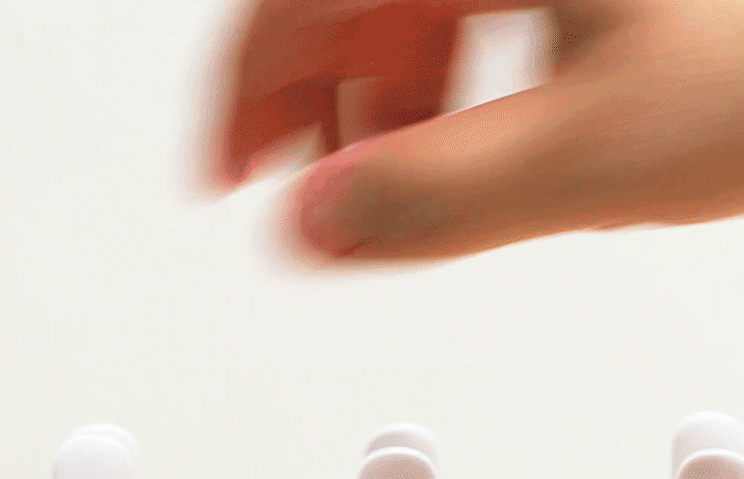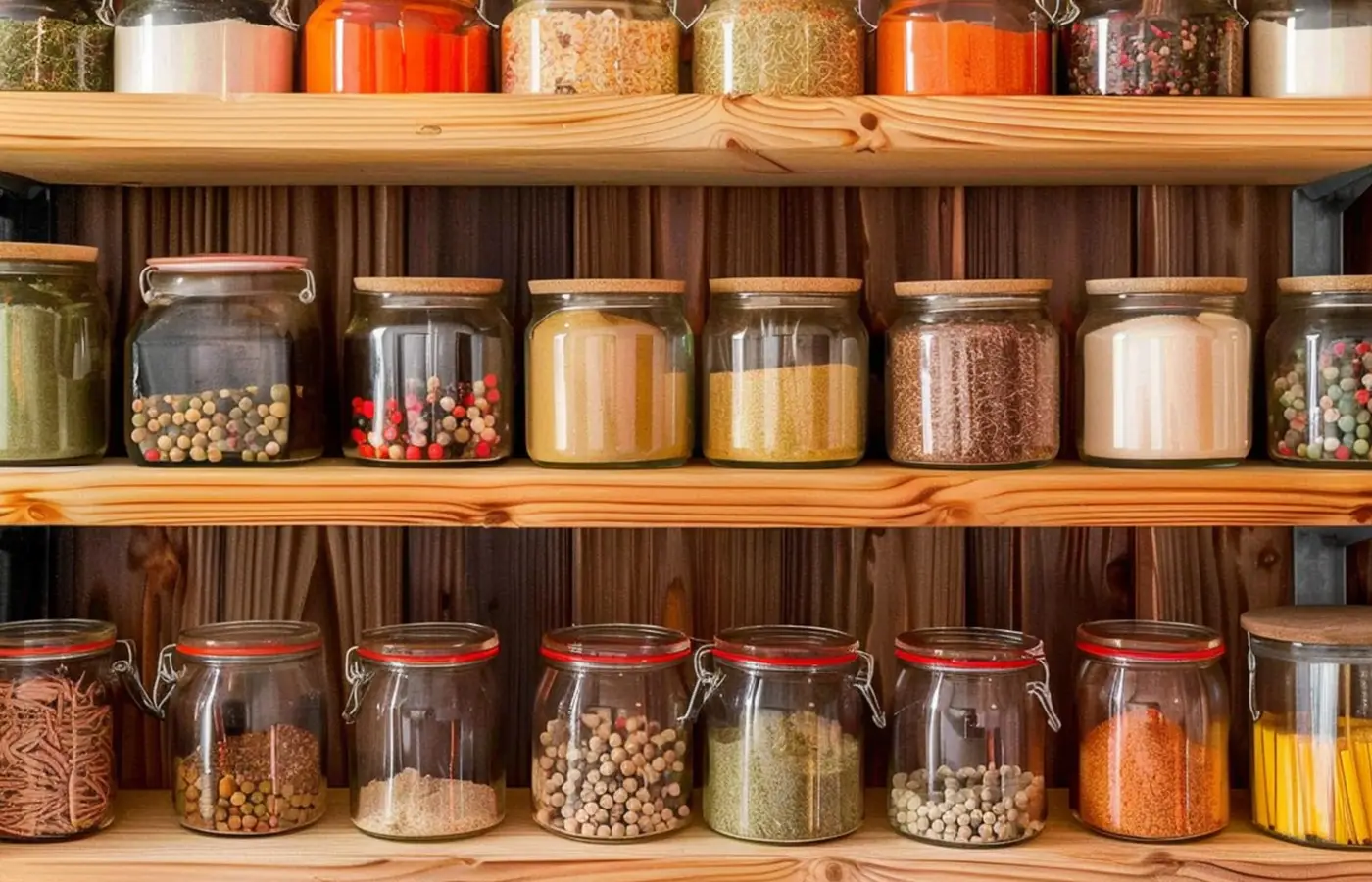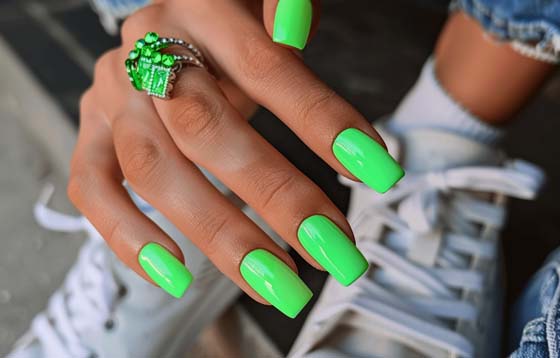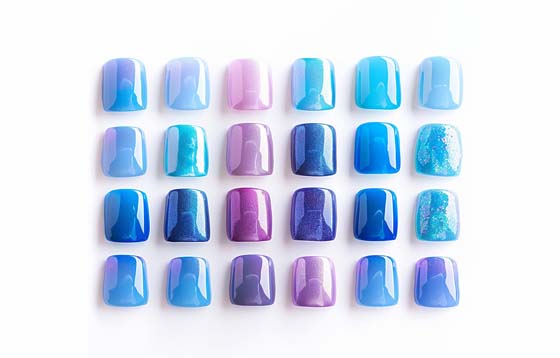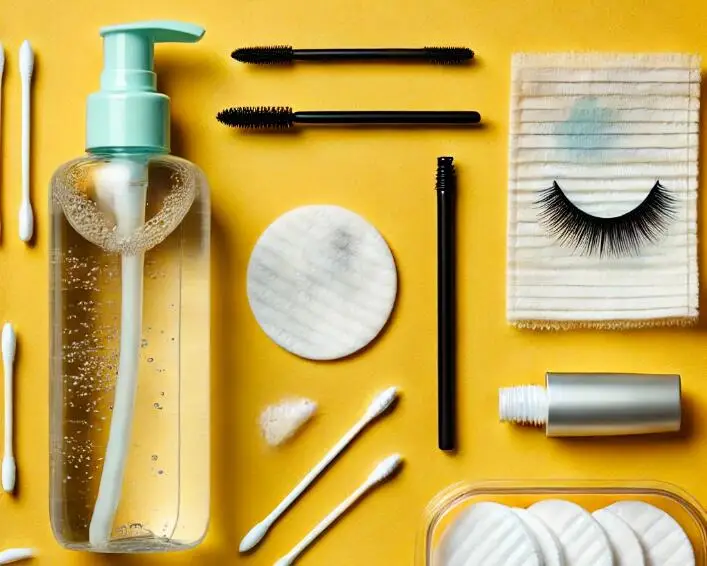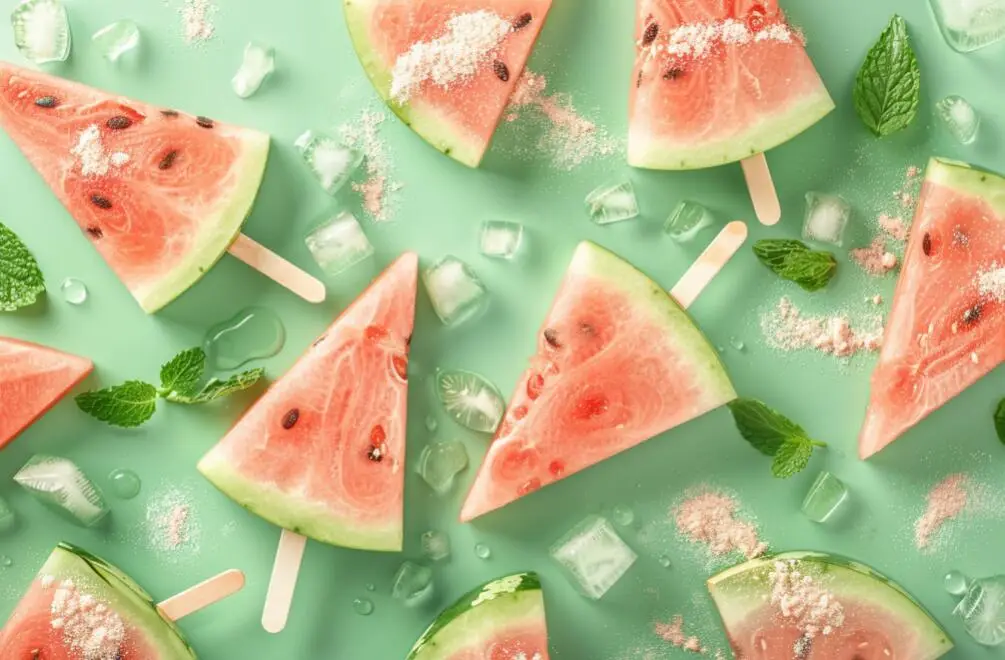NFL running backs in new places could struggle to match the production they had with original teams
Copyright Source:
Yueke
Wed, Jun 26, 2024
NFL Running Backs in New Places Could Struggle to Match the Production They Had with Original Teams
Saquon Barkley’s move from one NFC East team to another gives Philadelphia Eagles coach Nick Sirianni the opportunity to deliver a stinging response whenever a rival fan shouts “Go Giants” at him.
“I typically let it go,” Sirianni said. “But if the guy gets me good enough, I usually say, ‘You know, I got your best player.’”
Barkley was one of several notable running backs to change teams for the first time during the offseason. The list includes Washington’s Austin Ekeler (formerly with the Los Angeles Chargers), Baltimore’s Derrick Henry (Tennessee), Green Bay’s Josh Jacobs (Las Vegas), Minnesota’s Joe Mixon (Cincinnati), Houston’s Tony Pollard (Dallas), and Tennessee’s Ezekiel Elliott (Dallas). All but Ekeler made a Pro Bowl with their original teams.
“It’s like a fresh start,” said Barkley, who spent six seasons in New York. “I feel like a rookie again.”
Recent history suggests Barkley and the other running backs who switched teams could struggle to match the production they had with their original franchises.
According to Sportradar, only three players have rushed for at least 1,200 yards with multiple teams since 2010: LeSean McCoy (Philadelphia and Buffalo), DeMarco Murray (Dallas and Tennessee), and Christian McCaffrey (Carolina and San Francisco). Barkley, Henry, Jacobs, and Mixon have a chance of adding their names to the list.
That’s a pretty steep drop, considering 14 different players rushed for 1,200 yards for a second franchise from 2000-09.
“A lot of it is just nowadays running backs aren’t valued as high,” said McCoy, who now co-hosts “Speak,” a sports talk show on FS1. “Around that time (the early 2000s), they emphasized getting the ball to the running back — they emphasized needing just one. Now if you’re not that top-top guy, you’re splitting carries.”
McCaffrey joined an exclusive fraternity last season by becoming just the fourth running back ever to earn first-team All-Pro honors with multiple teams. The others are Cookie Gilchrist (Buffalo and Denver), Eric Dickerson (Los Angeles Rams and Indianapolis), and Jerome Bettis (Rams and Pittsburgh Steelers).
Henry and Jacobs will try to join that club. Henry earned All-Pro honors with Tennessee in 2020 and Jacobs in 2022 with Las Vegas.
For Henry, this represents a chance to show he still has plenty left to give after leading the NFL in carries four of the last five seasons.
“I think it’s taking care of your body, doing the things you need to do to get your body prepared, year in and year out, week in and week out and every single day, making sure that you’re at your best, can perform at your best (and) creating good habits with eating healthy,” Henry said during his introductory news conference with the Ravens.
“As you get into the league, do more research (on) guys who played a long time. Be a sponge to guys at the running back position or anywhere else and see what they’ve done to try and implement that into your life, as well. That’s all I try to do. I feel great.”
Henry, 30, is a throwback to an era when teams ran the ball more often and had one primary running back. He had 2,030 carries during eight seasons at Tennessee.
Most of today’s top ball carriers don’t stay with their original teams nearly that long. For instance, one of Henry’s replacements in Tennessee is Pollard, a 27-year-old with only 762 career carries since he was splitting time with Ezekiel Elliott for much of his Dallas tenure.
Some of these running backs benefit from a new chapter. McCoy cited Jacobs and Barkley specifically as players who could thrive in their new situations because of the talent they’ll have around them.
“All the pressure and workload won’t be on Josh,” McCoy said. “Look at Saquon. Now he goes to a team that’s super productive — especially on offense. … You won’t have to do everything for them to win, where in New York, he had to do everything.”
Jacobs, 26, believes coming to Green Bay will help him bounce back from a disappointing season. After rushing for an NFL-leading 1,653 yards and gaining 4.9 yards per carry in 2022, Jacobs ran for 805 yards and had just 3.5 per attempt last season.
“It was just so much uncertainty,” Jacobs said of his time in Las Vegas. “We were going through a lot of coaches, having certain things happen as a team, I just felt like it was like an emotional rollercoaster. So to be somewhere and be stable and be at a place where you feel like you’re wanted and things like that, I think it’s huge. It definitely brings that joy back to the game.”
All the other running backs who switched teams also are hoping to find that joy. McCoy has some advice for them based on his own experience.
“Don’t let your past hurt your future,” McCoy said. “The new team they’re on, they traded for you. They signed you. Don’t let all the baggage from the old team — you’re mad because they didn’t sign you, mad because you’re at a new place, mad because you moved your family — that stuff can (tick) you off, but don’t let that hurt what you’ve got now.
“When a player goes to a new team, that new team wants him and will do whatever it takes to make you comfortable. So I’d tell all those guys, when you go there, be happy, because they wanted you.”
___
AP Pro Football Writers Josh Dubow and Teresa M. Walker and AP Sports Writers Dan Gelston and Noah Trister contributed to this report.
___
AP NFL: https://apnews.com/hub/nfl
In ‘Janet Planet,’ playwright Annie Baker explores a new dramatic world
NEW YORK (AP) — The acclaimed playwright Annie Baker has been hailed as one of the preeminent voices of her generation, but the movies have long lingered in her mind and in her work.
In her play, “The Flick,” a trio of workers clean up between showings at a small-town arthouse theater. In “The Antipodes,” a writers' room brainstorming session grows increasingly abstract but has the conference-room shape and mostly male composition of a Hollywood pitch meeting.
Now, Baker, 43, has made a film. It’s a first-time feature but, thrillingly, the evident product of a masterful dramatic veteran. For Baker, it’s less a new beginning than the realization of a long-deferred dream. When Baker moved to New York to attend college, she did it, she says, “to be as near as many movie theaters as possible.”
She nearly applied to film school but opted instead to study dramatic writing. Her career as a playwright took off. Her first play, “Body Awareness,” won an Obie Award in 2009, as did her follow-up, “The Aliens.” Baker adapted “Uncle Vanya” in 2012 and, in 2014, won the Pulitzer for “The Flick.” In 2017, she was awarded a MacArthur Fellowship.
Occasionally, Baker tried her hand at screenwriting. But being a celebrated American playwright tends to be a full-time gig. Movies faded as a possibility.
“I decided around 38 or 39 that it was never going to happen and I was going to be OK with it,” Baker said in a recent interview over lunch at the Chelsea Hotel in Manhattan. “I remember saying it out loud to someone. I think I said: ‘I’m just not going to get to direct a movie in this life.’”
But almost as soon as Baker made that pronouncement, fate intervened. On Friday, A24 will release Baker’s debut, “Janet Planet,” about a single mother named Janet (Julianne Nicholson) living in 1990s Western Massachusetts with her 11-year-old daughter, Lacy (Zoe Ziegler).
“It’s been a lesson throughout my whole career. You just have to let go of ambition and start working from another place inside of yourself,” Baker says. “I do wonder if saying it out loud enabled me to do it.”
“Janet Planet” is a cinematic experience as precisely attuned to daily rhythms as Baker’s stage work is. The film’s perspective is largely from that of Lacy, whose watchful eyes follow a string of her mother’s relationships as they pass through their home. As in Baker’s plays, little may appear to be happening, but the sense that something profound is transpiring under the surface is palpable. In an unspoken coming of age, Lacy begins to see her mom less as a lofty parental figure and more as a regular person.
“I don’t have nostalgia for that time period. I find it aesthetically interesting, but I don’t have a romantic take on it,” says Baker. “I feel like the movie has a lot of mild dread in it.”
“Janet Planet” isn’t strictly autobiographical but it draws heavily from Baker’s own childhood growing up with her divorced mother in Amherst. Baker’s film, shot in Western Massachusetts, is also authentically woodsy. Just as several of her plays — including the Vermont-set “Body Awareness” — have sought to capture quotidian lives and subtle social shifts in small-town New England, Baker resolved that she would make “Janet Planet” in rural Massachusetts — or she wouldn’t make it at all.
Drawing such a line, when it’s typically cheaper to shoot closer to New York City, can be risky. But just as Baker writes plays with specific actors in mind, like Matthew Maher for “The Flick,” she figured she would do the same for movie locations.
“It’s scary when you’re making your first movie to be like, ‘No,’ because the movie might not happen if you say no too much,” says Baker. “Now when you see the movie, you know you couldn’t shoot that in Mamaroneck.”
For Nicholson, the location and subject matter of “Janet Planet” was eerily close to home, too. From the ages of 7 to 11, she lived in nearby Montague. She was a camp counselor in Goshen.
“The whole summer blew my mind,” says Nicholson. “I can’t even go too deep into it because I’ll literally burst into tears. It just felt so huge at every turn to be walking these places that were so formative.”
Nicholson, who brings her typically radiant naturalism to the role, found herself thinking less about her mother, a herbalist, than some of the other women in her mother’s life.
“There were people in that world much more lonely or seeking meaning, connection,” says Nicholson. “I remember even as a kid recognizing people who felt lost. And Janet feels a little bit lost.”
In her plays, Baker is renowned for exquisite stillness and artfully timed pauses, a sensibility that’s earned her comparisons to Pinter and Chekhov. The script to her play “The Aliens” opens with explicit instructions on the length of silences. “At least a third — if not half — of this play is silence,” she wrote.
Part of the excitement of “Janet Planet” is seeing how Baker’s keen sense of time and rhythm gets applied in a new medium. Baker holds some shots long. To capture the nature sounds around the house they were filming in, Baker and her sound designer kept a microphone recording nonstop for two straight weeks. Nicholson says that stillness and in-between moments were encouraged, but “there isn’t a word or bit of punctuation in the movie that wasn’t in the script.”
“I’m going to make theater for the rest of my life. I love both forms equally and never want to stop making both of them,” says Baker. “Once you really get your hands in both mediums, you can really feel palpably how different they are. It’s not an intellectual thing anymore. Directing a movie made me really excited to write my next play.”
It’s clear speaking to Baker, a passionate cinephile who drew inspiration for “Janet Planet” from the films of Robert Altman and Chantal Akerman, that she’s galvanized from her first hands-on exploration of a new medium, and eager to go further.
Not that there weren’t challenges. The relentless demands of directing a movie — from preproduction through editing — was a fresh experience for Baker. Not everything could be controlled. A mistake by a 16mm film processing lab ruined a portion of the movie.
“It was the hardest thing I’ve done,” says Baker, sounding more energized by film’s difficulties than lamenting them. “People complain about theater tech and it’s like five days of 10-hour days. I’ll never complain about tech again.”
Baker wasn’t new to film sets. Her husband, the academic Nico Baumbach, is brother to the director Noah Baumbach (Baker appears in his 2014 film “While We’re Young”). Greta Gerwig is her sister-in-law. Whether those affiliations lent anything to her experience making “Janet Planet,” Baker declined to say.
Baker recoils, generally, from drawing direct lines between herself and her work. She picked out a hillside for “Janet Planet,” she says, not because she ran down it as a child but for its “witchy” quality. To hear Baker discuss it, writing a play or making “Janet Planet” is more about the evolution she undergoes in transforming memory into something outside of her, into something else.
“I do have some selective amnesia with everything I write where I can’t quite remember why I wrote it or who I was when I wrote it,” Baker explains. “There’s some sort of way I work through things through my work – my own crises and questioning. And when I’m done, I never think about it again.
“Whatever I wrote the play about is a skin I get to shed,” Baker says just before she departs. “Maybe that’s why I do it.”
___
Follow AP Film Writer Jake Coyle at:
![]() Top Headlines
Top Headlines


